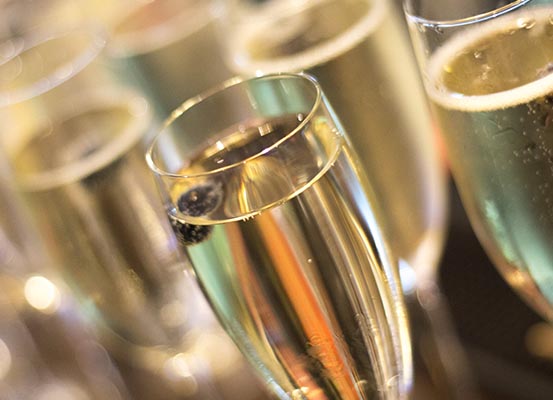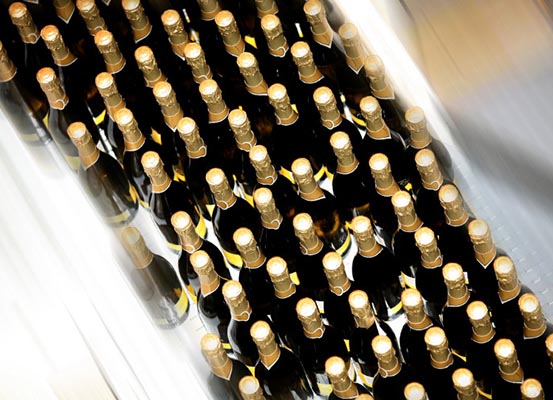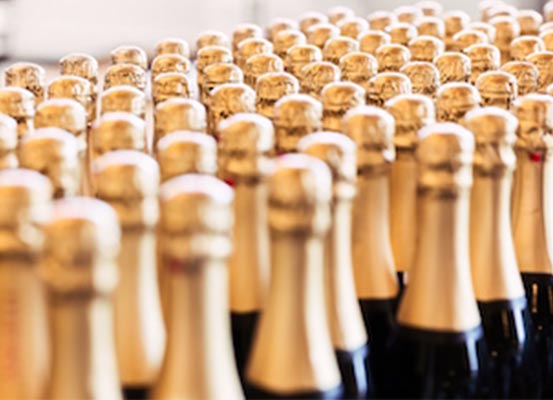Base wines for sparkling are made from grapes that are picked early, so are relatively low in sugar and high in acid. This helps achieve a fresh, low alcohol wine with a distinct, fine acid backbone. Base wines are fermented in the same manner as white wines.
Traditional sparkling wines are made from a combination of three grape varieties:
CHARDONNAY
High in natural acid and with a light perfumed bouquet and delicate mineral edge, Chardonnay offers freshness, finesse and elegance.
PINOT NOIR
Naturally high in acid, Pinot Noir offers complex flavours, body and fine tannins that contribute structure to the wine.
PINOT MEUNIER
Pinot Meunier produces delicate fruit styles with floral aromatics, adding a supple richness, while also lengthening the palate.
The final base wine may be a single variety or more commonly a blend of varieties from the same vintage (for a 'Vintage' sparkling) or from a number of different vintages (for a 'Non-Vintage' sparkling). This brings contrasting and complementary characters to the final wine, with the aim of creating a complex, balanced wine.



